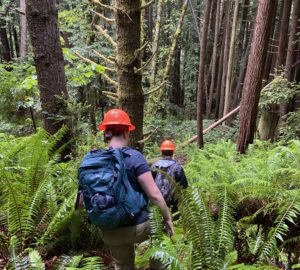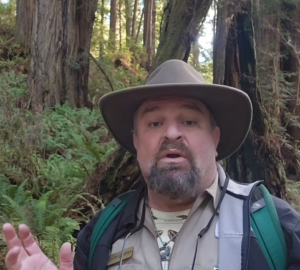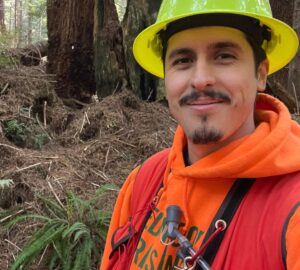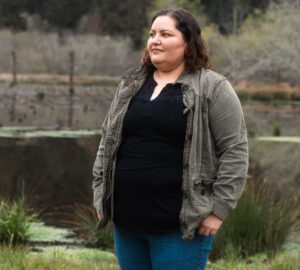Apprentices lend a hand on groundbreaking Redwoods Rising project
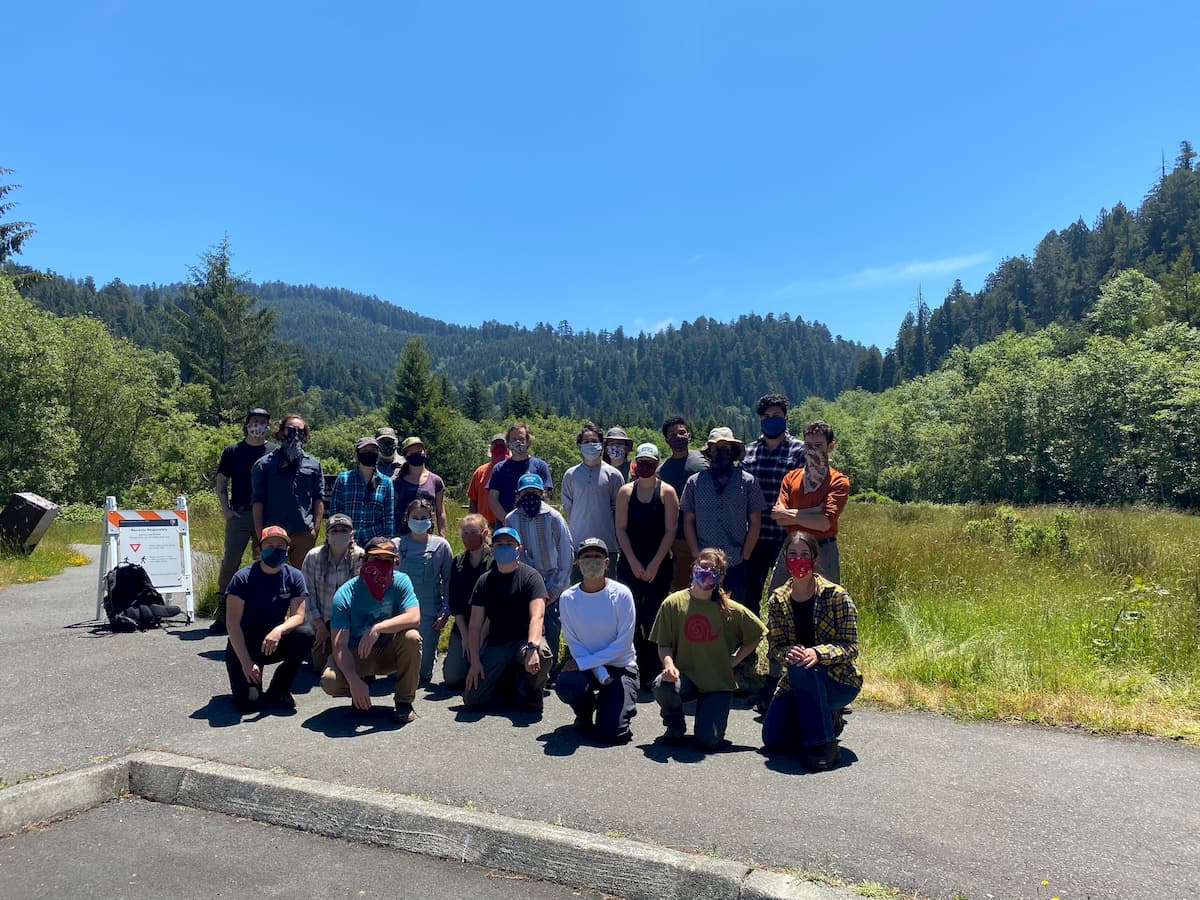
After a 10-hour orientation via Zoom and a socially-distanced field tour, I’m happy to welcome 19 new Redwoods Rising apprentices to work at Redwood National and State Parks (RNSP) this summer.
Redwoods Rising is a partnership between Save the Redwoods League, California State Parks, and the National Park Service to restore more than 70,000 acres of previously logged redwood forests to become the ancient forests of the future. The Redwoods Rising Apprenticeship program directly supports two of our goals: to enhance the capacity of park agencies to better manage and protect the ecosystems of RNSP, and to build and expand the support for restoring and stewarding redwood ecosystems. By providing a career development opportunity to the next generation of natural resource managers, we engage our burgeoning stewards, and they aid us in our attempt to make right the remaining influence that past timber industry practices hold on our public lands.
I don’t know about you, but I got my first field job by raising my hand in a freshwater algae class! Our apprentices, on the other hand, put in a lot more effort to get here. The hiring team for the apprenticeship had to carefully consider over 60 applications from a very competitive pool of Humboldt State University and College of the Redwoods students. This says a lot about both the large scope of this initiative and the ambition of the future conservation workforce up here on the North Coast.
With restoration continuing through shelter in place, the apprentices’ fieldwork allows for social distancing. For example, rare plant surveys are conducted by fanning out the crew so they slowly rake their way across the forest floor. (I’ve heard this called “extreme slow hiking.”) In forestry work, one crew member hops from tree to tree, measuring its diameter at breast height, while another ensures that data is being collected completely and correctly, and the last person follows the data collector with a laser scope that uses trigonometry to measure the height of trees.
I’m so grateful that I’m able to work alongside public agencies that are protecting natural resources and providing employment to people throughout the region. Not to mention, the apprenticeship is an incredible career development opportunity for these undergraduates. To help them continue to build momentum in their professional trajectory in these uncertain times brings me an incredible sense of fulfilment—better than the distraction and relief of stress baking. As the protective measures for the health of my community and loved ones continue to stretch out across the foreseeable future, I’m more than happy to keep to myself, doing this critical work behind the scenes so that our young forests can become healthy old-growth forests for future generations.




